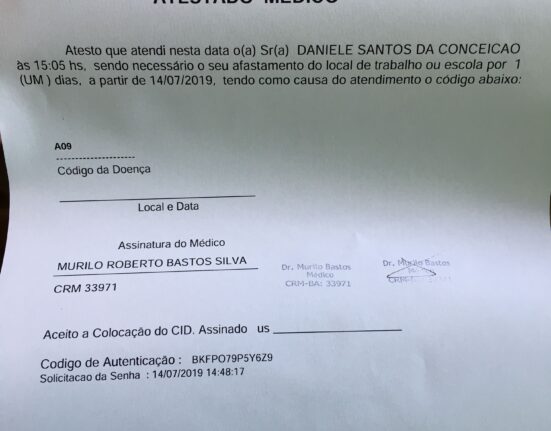Amidst the hustle and bustle of Argentine life, a silent but deadly threat has reared its head once more. Typhoid fever, a disease long thought to be consigned to the history books, has made a startling comeback in the vicinity of Buenos Aires. The National Health Ministry of Argentina sounded the alarm after confirming multiple cases of this dangerous illness, sending shockwaves through communities and healthcare circles alike.
The reappearance of typhoid fever after an absence of over two decades has set off alarm bells among health officials and residents alike. A shadow of concern looms large as authorities grapple with not only containing the outbreak but also investigating a potential tragic loss due to this unforgiving disease.
In Ciudadela, nestled in the municipality of Tres de Febrero on the outskirts of bustling Buenos Aires, reports emerged of ten confirmed cases at the local Ramón Carrillo Hospital. As if that wasn’t distressing enough, three additional cases are currently under intense scrutiny by medical experts. Tragically, the recent passing of a woman exhibiting symptoms consistent with typhoid fever is being probed further due to her familial ties with two confirmed patients.
The suspected origin point of this menacing outbreak? A contaminated water tank supplying two neighboring buildings that rely on well water instead of mains water for their daily needs. It’s a stark reminder that sometimes even our most basic necessities can turn against us if we let our guard down.
Leticia Ceriani, Undersecretary of Strategic Planning at the Ministry of Health in Buenos Aires province, shed light on how easily this disease can sneak into everyday lives:
“It could have been by drinking the water directly or by using it to brush their teeth or wash their food.”
This simple yet profound statement underscores just how vulnerable we all are when faced with unseen microbial foes.
Typhoid fever isn’t your run-of-the-mill illness; it’s a formidable bacterial infection caused by Salmonella Typhi that spreads through contaminated food or water via what is known as the fecal-oral route. Once inside the body, these insidious bacteria wreak havoc on both bloodstream and intestinal tract, unleashing symptoms ranging from high fevers and pounding headaches to abdominal agony and unrelenting nausea.
If left unchecked and untreated, typhoid fever can spiral into severe complications and even claim lives—an ominous reminder that swift action is paramount when dealing with such grave threats. Diagnosis hinges on specialized blood or stool cultures that can pinpoint this elusive culprit hiding within unsuspecting hosts.
What makes matters worse is that some individuals may carry these bacteria without showing any outward signs—a ticking time bomb waiting to explode if proper hygiene practices aren’t maintained rigorously. Early detection coupled with prompt treatment forms our strongest line of defense against this relentless adversary lurking in our midst.
As authorities scramble to contain this sudden resurgence and prevent further casualties in their tracks, one thing remains clear: vigilance tempered with swift action holds the key to beating back this ancient scourge once more.
In times like these, where shadows lengthen and fears loom large over familiar landscapes, it’s up to each one of us to stay informed, stay cautious—and above all else—stay safe amidst unseen perils that lurk just around the corner.








Leave feedback about this